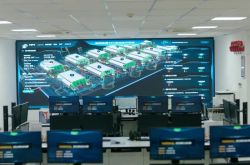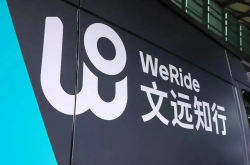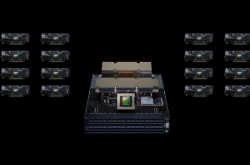Scared by Waymo's progress, Lyft announces three collaborations at once, comprehensively deploying Robotaxi
![]() 11/08 2024
11/08 2024
![]() 446
446
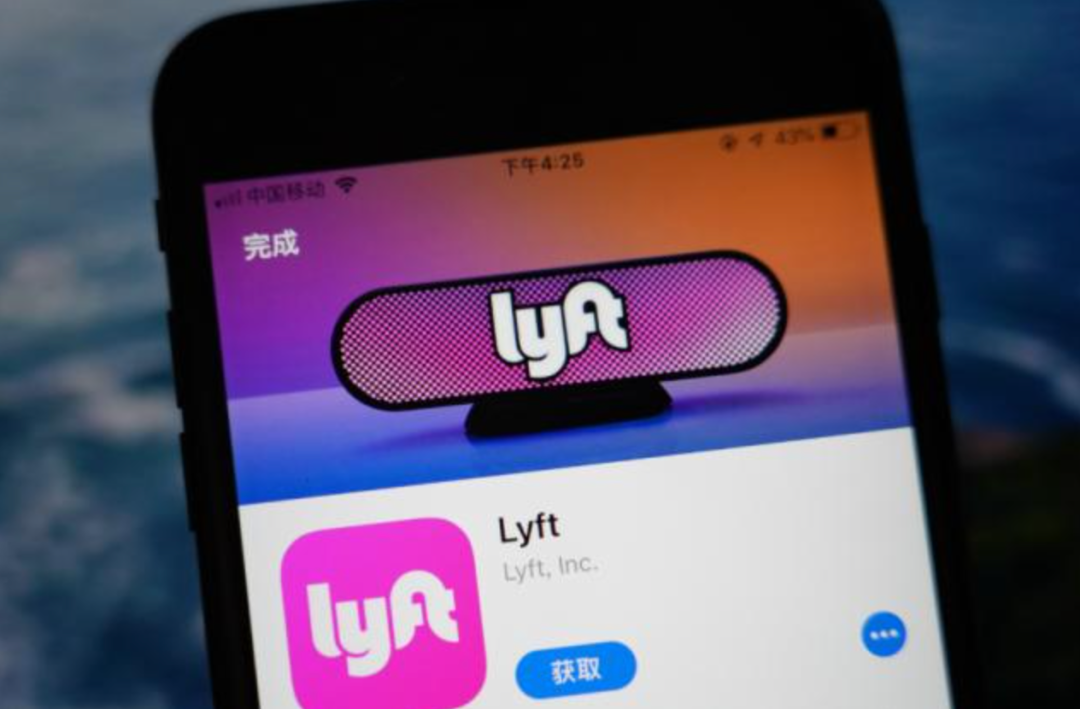
After Uber officially announced a series of autonomous driving initiatives, Lyft, another ride-hailing platform, couldn't sit still.
On November 6, local time, Lyft announced three Robotaxi-related collaborations at once, partnering with autonomous driving solutions provider Mobileye, autonomous shuttle company May Mobility, and AI-based dashcam manufacturer Nexar. According to the plan, Lyft will gradually introduce technology from these companies starting in 2025 to provide autonomous ride-hailing services.
Lyft's move is not surprising, considering the competitive landscape.
On one hand, Uber, another ride-hailing giant, has forged over ten autonomous driving collaborations in ride-hailing, delivery, and freight services. On the other hand, Waymo, an autonomous driving company, recently announced that its Robotaxi service can provide over 100,000 paid trips per week and secured a new round of $5.6 billion in funding to accelerate Robotaxi promotion.
Whether out of offensive needs or defensive strategies, Lyft needs to make a move in the Robotaxi sector.
Although it may take years for autonomous driving fleets to achieve the millions of orders and profits currently enjoyed by Lyft and Uber, faced with this intense Robotaxi wave, Lyft clearly needs to keep up.
After all, the "window period" is fleeting.
Just last week, Uber CEO Dara Khosrowshahi stated during an earnings call that Waymo has captured a high single-digit to low double-digit market share in San Francisco, where Lyft is headquartered and one of its largest markets.
The "catfish" is starting to stir up the market.
01 Collaborating with Three Companies at Once, Laying Out a Comprehensive Autonomous Driving Strategy
Lyft's choice to collaborate with Mobileye, May Mobility, and Nexar was clearly well-thought-out, as their businesses are distinct yet complementary.
Among these three companies, Mobileye is the most well-known, being an autonomous driving technology enterprise and an Intel subsidiary.

Mobileye stated that some automakers integrate Mobileye's autonomous driving technology into their vehicles, which fleet operators and transportation service providers can purchase. Collaborating with Lyft allows leveraging Lyft's network of 40 million riders annually to provide a demand platform for Mobileye Drive-based autonomous fleets.
Meanwhile, Mobileye noted that the two companies also plan to utilize Mobileye's new cloud-based autonomous driving technology to connect Mobileye Drive-equipped vehicles with autonomous fleet operators. Through Lyft's autonomous driving API suite, an autonomous driving ecosystem will be created to generate profits for autonomous fleets.
However, neither party has explicitly stated when Mobileye-equipped autonomous vehicles will be deployed on the Lyft platform or which automakers will be involved.
May Mobility is an autonomous shuttle company. This startup operates shuttle buses on multiple campuses and designated stops along fixed routes in the United States, having received investments from Toyota and BMW.
According to the plan, May Mobility will deploy a fleet of autonomous Toyota Sienna minivans through Lyft in 2025, starting in Atlanta, Georgia, and gradually expanding to other markets. However, the number of vehicles to be deployed and the business model have not been disclosed.
May Mobility stated in a press release that initial deployments will use front-seat safety drivers and plan to transition to fully autonomous operation over time.
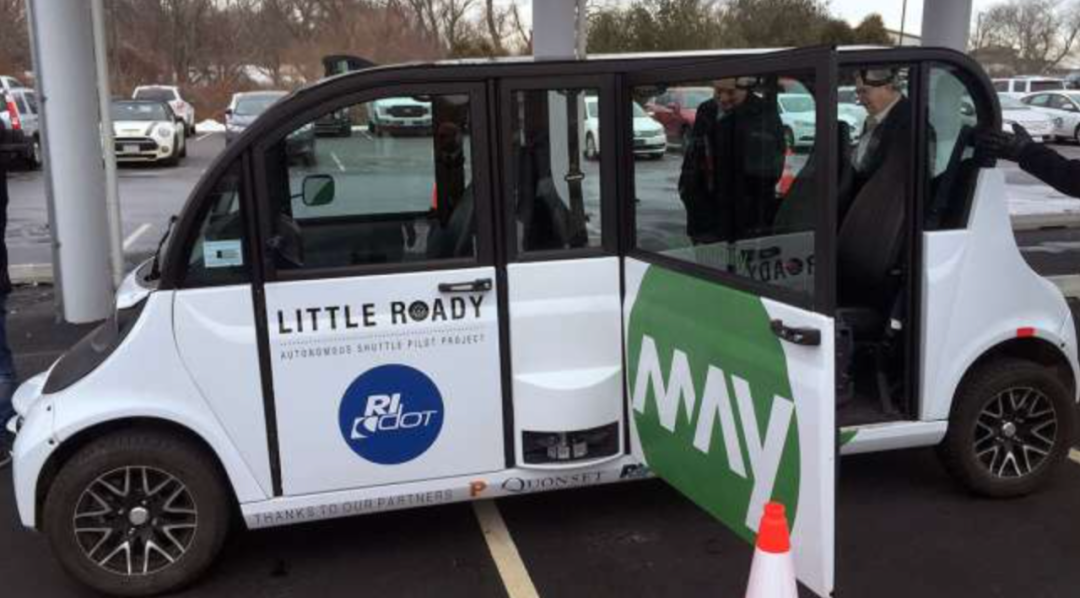
May Mobility Autonomous Shuttle
Nexar is a dashcam manufacturer that uses smart dashcam data to expand digital twin services. After Lyft's collaboration with Nexar, the two parties plan to collect anonymous fleet and market data to continuously improve autonomous driving technology.
It is reported that the two companies plan to pair Nexar's monthly real-world footage exceeding 45PB and covering 200 million miles with Lyft's historical and market data to create a "dataset for autonomous driving technology research and development." Nexar also stated that driver consent is required to use their data.
From technology to data to application, Lyft is accelerating its autonomous driving layout through collaboration.
02 From Independent Research to Dreams Shattered in Just Four Years
Lyft has been involved in autonomous driving for a long time, and like many tech companies, it has experienced ups and downs.
As early as 2016, when General Motors led a $1 billion Series F funding round for Lyft, Lyft President John Zimmer revealed that GM would provide the first semi-autonomous vehicles to Lyft as early as 2017. Within the next five years, most vehicles operating on the Lyft platform would become autonomous.
Subsequently, Lyft announced collaborations with autonomous driving company Waymo, automaker Jaguar Land Rover, and autonomous driving technology solutions provider NuTonomy.
At that time, Lyft preferred to focus on being a ride-hailing platform, continuing the inherent logic of the ride-hailing industry where automakers sell cars, Waymo conducts research and development, and Lyft operates the platform.
But these dreams were soon shattered.
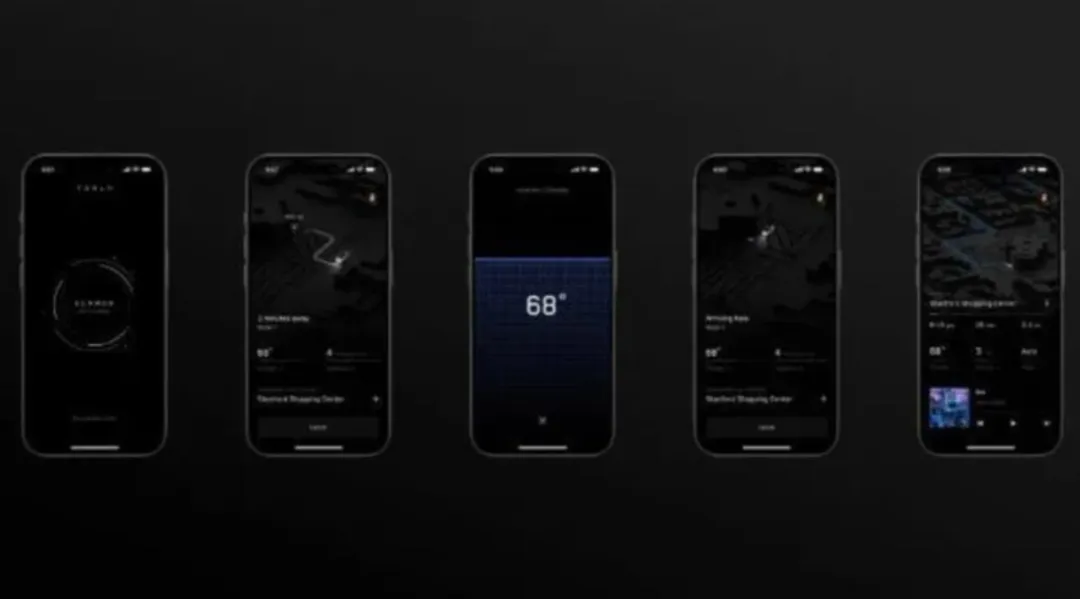
Tesla's autonomous ride-hailing app preview
That year, Tesla CEO Elon Musk unveiled the second part of Tesla's Master Plan, incorporating Robotaxi into Tesla's plans. He stated that Tesla would not only operate its own fleet but also allow Tesla owners to join the shared fleet, potentially earning $30,000 per year.
Around 2017, a large number of automakers joined the Robotaxi sector, either through necessity or collaboration. Additionally, Uber, Lyft's biggest competitor, established its ATG self-driving division as early as 2015.
Perhaps sensing the impending crisis, Lyft established a dedicated autonomous driving R&D team in 2017 to develop autonomous driving technology.
Unlike Uber, which aimed to manufacture self-driving vehicles, Lyft hoped to profit from software.
According to Lyft's disclosure at the time, the autonomous driving technology department was headed by Luc Vincent, Lyft's Vice President of Engineering, with 60 employees initially and plans to expand the team to hundreds by the end of the year.
Meanwhile, Lyft rented a 5,000-square-foot facility in California to set up several R&D labs and open test sites, naming the building "Level 5" with the aspiration of developing an upgradable autonomous driving software and hardware solution and launching an open autonomous driving platform.
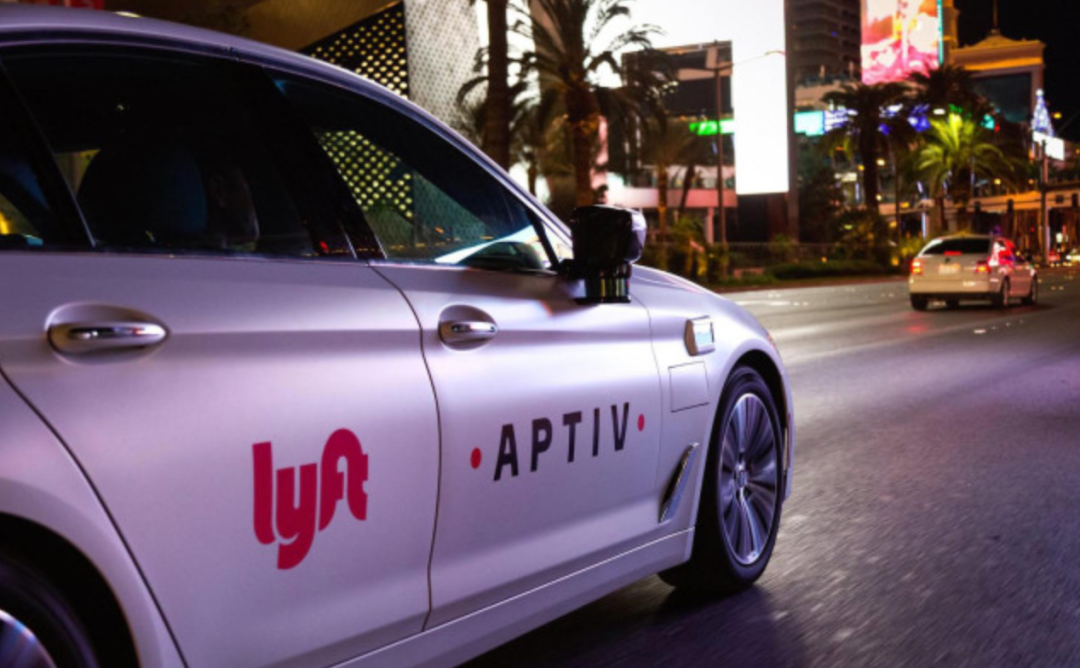
In 2018, Aptiv collaborated with Lyft to launch a Robotaxi service
Lyft set itself phased goals: by mid-2018, its fixed-route commuter shuttles would begin test operations; by 2019, operations would also be possible at night and in rainy conditions; by 2020, 500 autonomous vehicles would be commercially operated, allowing riders to pay for rides with "safety drivers" ready to take over in emergencies; by 2021, "most" trips would be completed by autonomous vehicles.
While developing technology, Lyft still hoped to be a development platform where autonomous vehicles from other companies could be integrated into its ride-hailing network.
Although Lyft's autonomous driving business made some progress in subsequent years, including completing over 100,000 paid autonomous vehicle rides with partner Motion, the long-tail problem persisted, preventing autonomous driving from delivering the desired returns for Lyft.
Especially starting in 2019, due to various factors including the pandemic, despite the appeal of autonomous driving stories and their contribution to company valuation, they remained too distant for Lyft, which was consistently losing money.
As a result, in 2021, Lyft sold its autonomous driving department, "Level 5," to Toyota subsidiary Woven Planet for $550 million.
The four-year independent research plan ended.
03 Collaborate or Collaborate, Lyft Aims to Be a "Disruptor"
Although Lyft sold its autonomous driving department, it did not abandon the Robotaxi market but instead refocused on collaboration.
Lyft hopes to achieve its goal of "becoming the preferred ride-hailing network and fleet management platform for all Robotaxi commercial services" through collaborations with various autonomous driving companies.
Therefore, Lyft first collaborated with Motional, a joint venture between Hyundai Motor and Aptiv. In March 2021, Motional announced it would access Lyft's ride-hailing network in Las Vegas, deploying fully autonomous vehicles within Lyft's network by 2023.
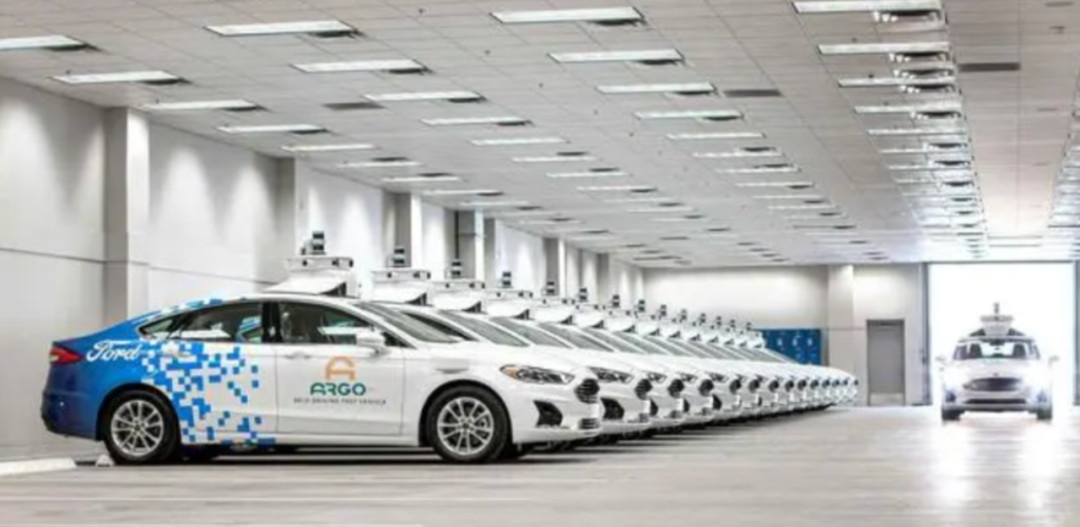
Then came the partnership with Argo AI.
Founded in 2016, Argo AI received a $1 billion investment from Ford Motor Company the following year and funding from Volkswagen two years later.
In July 2021, Lyft announced a collaboration with Argo AI and Ford Motor Company to deploy Ford L4 autonomous vehicles on the Lyft ride-hailing platform, planning to launch a public Robotaxi service in Miami by the end of 2021.
The collaboration was deep, involving vehicles and capital.
According to the plan, Argo AI would initially deploy an appropriate number of autonomous vehicles; by 2022, the Robotaxi service would expand to Austin, Texas, with no more than 100 Robotaxis deployed in both locations; over the next five years, the Robotaxi fleet would expand to 1,000 vehicles, and operations would expand to other U.S. cities.
Simultaneously, under the terms of the agreement, Lyft would provide Argo with access to driving data from its entire network. In exchange, Lyft received a 2.5% equity stake in Argo.
However, good times didn't last long. In October 2022, Ford Motor Company announced the closure of Argo AI during its third-quarter earnings call.
As a "minority shareholder," Lyft also issued a statement saying that Argo had been a great partner and that changes at Argo AI would not affect Lyft's autonomous driving strategy. Besides Argo AI, Lyft had also established a partnership with autonomous driving technology company Motional and would continue to collaborate with other partners to advance the safety and commercialization of autonomous driving technology.
Unfortunately, Motional also brought bad news this year.
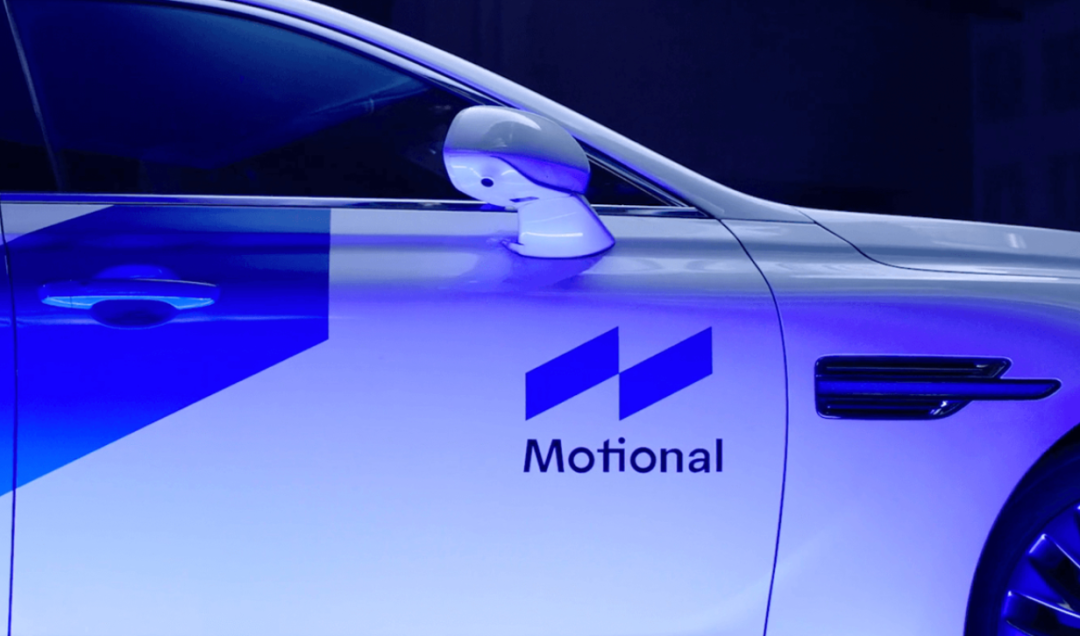
In May 2024, the company announced the cessation of commercial operations and laid off 40% of its workforce, affecting about 550 employees; in September, CEO Karl Iagnemma announced his resignation, transitioning to a senior strategic advisor role, with former CTO Laura Major taking over.
In fact, after Argo AI's closure, Lyft was relatively inactive in the Robotaxi sector for a long time.
Now, with Waymo's significant commercial progress, Uber's increased autonomous driving initiatives, and Tesla's launch of the Robotaxi model Cybercab...
Lyft is also accelerating its efforts.
After all, technological changes often disrupt industry barriers. As the second-largest ride-hailing company in the U.S., Lyft surely doesn't want to be disrupted and even aims to be the disruptor. END-


